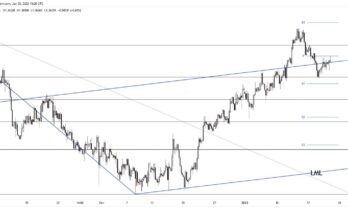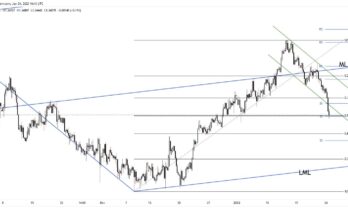It was only a matter of time before USDJPY hit the 110 level, given the broad underlying bid to the dollar, with this level achieved briefly during Asia trade. This puts it at levels last seen mid-08, but the benefits to the Japanese economy of the recent yen weakness are not that dramatic, with the underlying deterioration of the trade balance having only shown limited signs of reversal so far. Japan has moved a lot of its manufacturing production overseas, with increased energy imports also not helping. That said, the recent moves will no doubt be welcomed by the Japanese authorities, providing some support to the economy at the margins.
The main standout yesterday was the further weakness of the single currency, with core inflation developments underlining the pressures being placed on the ECB ahead of tomorrow’s policy meeting. We are likely to see some announcement of the much awaited asset-backed securities program tomorrow, with the FT today suggesting that the ECB is looking into the possibility of purchasing lower quality debt (Greek and Cypriot bank loans). This is likely to be resisted in certain quarters of the ECB. But with the pool of available assets to be purchased relatively limited (in comparison to other central banks early on in the financial crisis), this reflects the degree to which the ECB having to push boundaries in order to make the policy options available to them more effective. As such, the attractiveness of a weaker currency is pretty clear at this point in time.
Final PMI data for the Eurozone and preliminary data for the UK and the US (ISM manufacturing) are the main points of note for the data calendar today, with US ADP report also of interest ahead of US jobs data Friday.
Further reading:
Market Movers Episode #18: Questions for every trader and a preview for October’s big events
EUR/USD below 1.26 again as German manufacturing PMI falls to contraction zone



